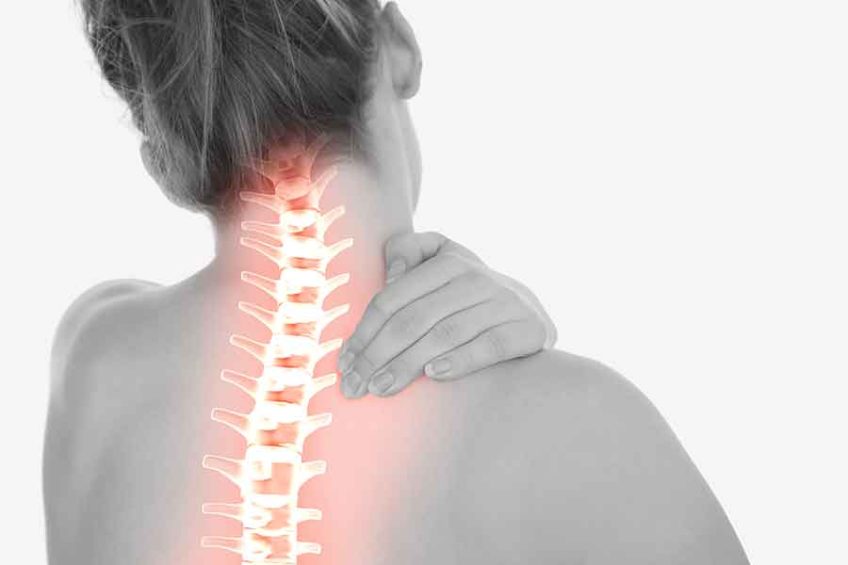Depending on which part of the spine is affected, treatment for spondylosis may differ in effectiveness and simplicity. For example, cervical spondylosis can be effectively treated with exercise and the application of a cervical collar. Patients with lumbar spondylosis may need transcutaneous electrical nerve stimulation, heat application, exercise and painkillers to get rid of symptoms.
In rare cases, patients may undergo some surgery to get complete relief from the symptoms of spondylosis.
In most cases, uncomplicated cases of thoracic spondylosis can be successfully managed using conservative therapy or non-surgical options.
CONTENT:
- Acupuncture
- Rest
- Medications
- Physical therapy
- Use of prostheses
- Physical therapy
- Hydrotherapy
- Tape application
- Therapeutic massage
- Therapeutic laser procedures
Acupuncture
Your doctor may recommend that you try acupuncture to reduce pain. Acupuncture is best performed by an acupuncture specialist.
Rest
The patient should have adequate rest and avoid strenuous exercise until symptoms subside.
Medications
Non-steroidal anti-inflammatory drugs may be prescribed to reduce pain and inflammation. If nonsteroidal anti-inflammatory drugs do not provide relief, epidural steroid injections can be given into the spine to reduce pain, numbness and tingling in the legs.
Physical therapy
An exercise program helps strengthen the abdominal and back muscles, improves flexibility and increases the range of motion of the lower back.
Use of prostheses
In severe cases of spondylolysis, a brace or support can be used to stabilize the lower back.
Physical therapy
If this condition has already occurred, and has been medically identified, your doctor may recommend a period of physical therapy. The progression and severity of symptoms will determine whether it is necessary to be hospitalized in a clinic or hospital, or in an outpatient clinic where you can come and go daily.
The goals of physical therapy in spondylosis are to rebuild muscle mass and increase muscle endurance, help the patient adjust to effort, maintain and increase joint mobility, improve muscle degeneration, coordination, control and balance, and correct posture and body alignment.
Hydrotherapy
Using the effects of water to relieve pressure and pain is a beneficial treatment for spondylosis. Hydrotherapy can treat a variety of disorders related to bone and joint pain. This differs from swimming in that it involves exercises that you do in hot water, usually at a temperature between 32 C and 36 C. A trained physiotherapist usually demonstrates how to do the exercises in water, making necessary adjustments for patients. individual.
Tape application
This is a technique used to prevent or rehabilitate injury. Physiotherapists are specially trained to effectively apply the tape to the skin to keep specific muscles or bones stable.
Therapeutic massage
A therapist can use a gentle massage to gradually relax the muscles. It can use circulatory massage, transverse and longitudinal friction, trigger points and other light to medium pressure techniques to relax your muscles and increase your range of motion in all directions. The goal of this treatment for spondylosis is to minimize the progression of it and to control the pain. Massage is effective because it can balance and relax the muscles that support the spine.
Therapeutic laser procedures
The concept that light energy from a laser can reduce pain and inflammation, accelerate the healing of damaged tissues, relax muscles and stimulate nerve regeneration seems to be a myth. Science, however, tells us that these effects occur, and helps patients suffering from spondylosis and beyond.
Wavelength and power determine the ability of the laser to penetrate the body. Once in the infrared spectrum, the laser energy penetrates like x-rays, but to get the required depth you need significant power or energy.


